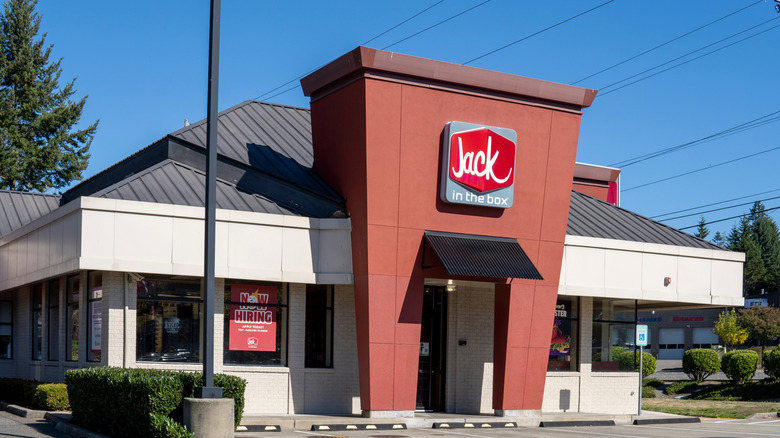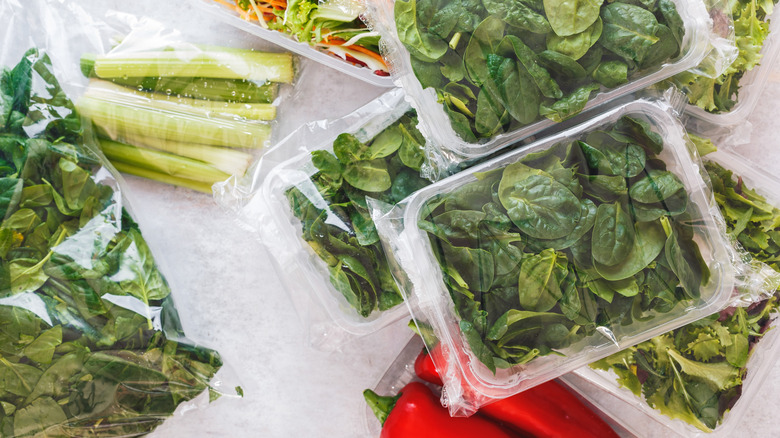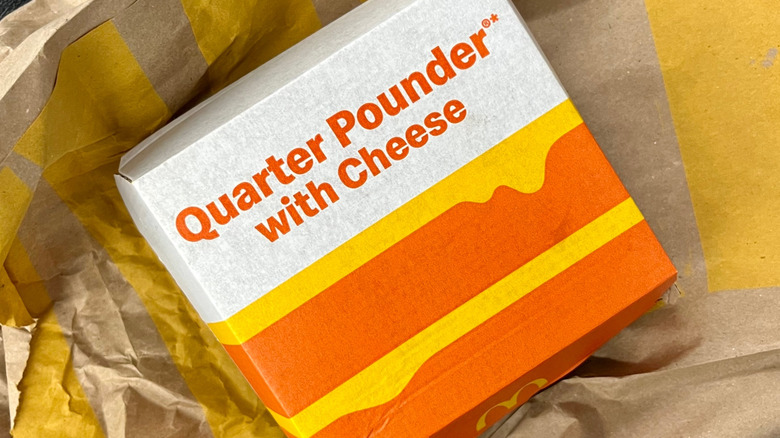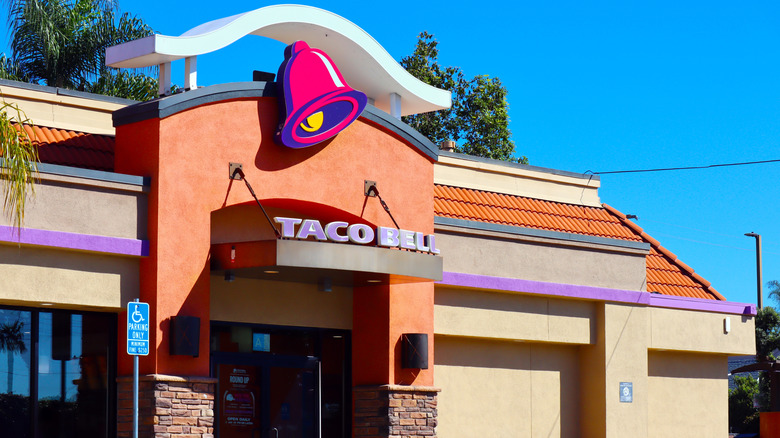5 Of The Worst E. Coli Outbreaks In US History
Infections and product recalls often make nationwide headlines. Especially due to the scale of the U.S. supply chain, the impact can be widespread — the danger is understandable. Just note that stringent protections have steadily increased over the years, and the U.S. now boasts one of the safest food systems worldwide, per the Food and Drug Administration.
Nevertheless, the road to such a pedigree hasn't always been smooth. And unfortunately, a handful of E. coli outbreaks have been particularly worrisome. According to Healthline, forms of this bacteria naturally inhabit the digestive tract of both humans and other animals, and are typically benign. Yet, dangerous forms of the bacteria can spread through cross-contamination via the environment, animals, and even human contact. Certain types create a toxin that triggers a distressing effect with unpleasant symptoms like diarrhea, vomiting, fever, and in worst cases, death. The all-time worst E. coli outbreaks arose in such a manner, and impacted dozens — even hundreds — of people, all by way of a variety of foods.
Hundreds were infected by Jack in the Box burgers in 1993
One of the most harrowing E. coli outbreaks originated in Washington State. A case study published by the University of Oklahoma outlines the frightening scope of the outbreak; as many as 400 individuals were infected across three states. Healthline notes four deaths occurred, including children. The frightening event understandably made national headlines, and a subsequent investigation ensued. At first, Jack in the Box denied responsibility, but the E. coli source was soon traced to its meat supply. The level of fear nearly shuttered the company.
However, the business created swift adjustments of company policies. In addition to a large-scale recall, cooking temperature and duration increased, and Jack in the Box hired experts to redesign its food handling system. The company also held the State of Washington regulatory measures responsible, which led to a push in new policy. All such measures propelled culinary safety, and Jack in the Box continues to offer some of the cheapest fast food in the U.S.
Baby spinach caused a large E. coli outbreak in 2006
Many associate E. coli outbreaks with meat products, however, one of America's worst outbreaks occurred with baby spinach. As noted by the U.S. Department of Agriculture, the scope of this infection is well documented. 204 individuals in 26 states, and one person from a Canadian province became ill, with over 100 hundred hospitalizations, and three deaths. Soon after the outbreak, the FDA issued a swift response, urging consumers to avoid both bulk and bagged spinach products — one of the most expansive recalls in history.
An investigative CDC report released in collaboration with the State of California Department of Health Services traced the source of infection to groundwater contamination. Experts assume the issue arose when cattle ranching land was reused for agriculture. Furthermore, the E. coli outbreak reinstated fears regarding pre-washed salad products. In the first several weeks after the outbreak, spinach sales declined, and consumers shifted to other greens. And as more time passed, many consumers continued to opt for bulk spinach instead. So, although the risk of E. coli infections are statistically low, it's not a bad idea to pre-wash the greens yourself — you can always store the spinach in paper towels after.
E. coli in apple juice infected 71 people in 1996
Another E. coli infection occurred through a particularly nerve-racking vessel: apple juice. Most won't think twice when sipping on a pre-packaged liquid, but in 1996, jugs of juice induced fear. Sold at groceries, cafés, and other retailers, unpasteurized liquid led to a frightening E. coli outbreak. The New York Times notes that 71 people became infected, with one fatality of a 16-month-old girl. Attributed to Odwalla Inc., this outbreak was the first that incurred legal repercussions to a company — the juice brand paid over $1.5 million in fines.
Known for its fresh and organic products, it was determined that Odwalla had overly-relaxed its food safety system prior to the incident. Accepting varying apple quality combined with not pasteurizing the product proved to be a harrowing combination, with an unfortunately strong impact on children. The event nearly bankrupted the company, and inspired strong remorse among leadership. It awakened food entrepreneurs to the possible threats of health infection, furthering investment in top-of-the-line sanitation equipment.
A large scale McDonald's E. coli outbreak occurred in 2024
Many of these outbreaks appear like a relic of the past, but unfortunately, the threat hasn't disappeared. A McDonald's outbreak contaminated Quarter Pounders in 2024, with the first illness emerging on September 27th, 2024. Per the Centers for Disease Control and Prevention, the tally of infections is at some 75 on October 24th. Unfortunately, one death occurred, as well as 61 hospitalizations.
Evidence suggests an unsuspecting infection source: slivered onions. The fast food chain halted serving the allium atop sandwiches in many states, and the food purveyor issued a recall. The outbreak's an unfortunate reminder of the difficult nature of containing E. coli. Seemingly benign foodstuffs like onions don't impart associations with food poisoning, however, every aspect of the supply chain warrants monitoring. Furthermore, the delayed effect of symptoms — they arise in three to four days — means outbreaks can affect a large group before the danger's understood.
Lettuce caused an infection of E. coli stemming from Taco Bell in 2006
Vegetables and fast food can be a troublesome pairing for outbreaks, as further evinced by a Taco Bell incident in 2006. As published by the Centers for Disease Control and Prevention, 71 people were infected in five states, with 52 hospitalized — quite a scary ratio. With this infection, green onions initially took the blame: they were banned after the outbreak. However, further investigation pinpointed lettuce as the culprit.
Specifically shredded lettuce appeared to be the cause of the outbreak, but with infections in states as far-ranging as South Carolina to Delaware, it became clear that the supplier was at fault. Even though all the infections occurred in the Eastern U.S., it's estimated the source started in California. Testing for a particular genetic pattern of E. coli helped provide background regarding the infection. And subsequently, several states created more strict regulations regarding the preparation of lettuce, tightening the grip on vegetable-based E. coli infections.





